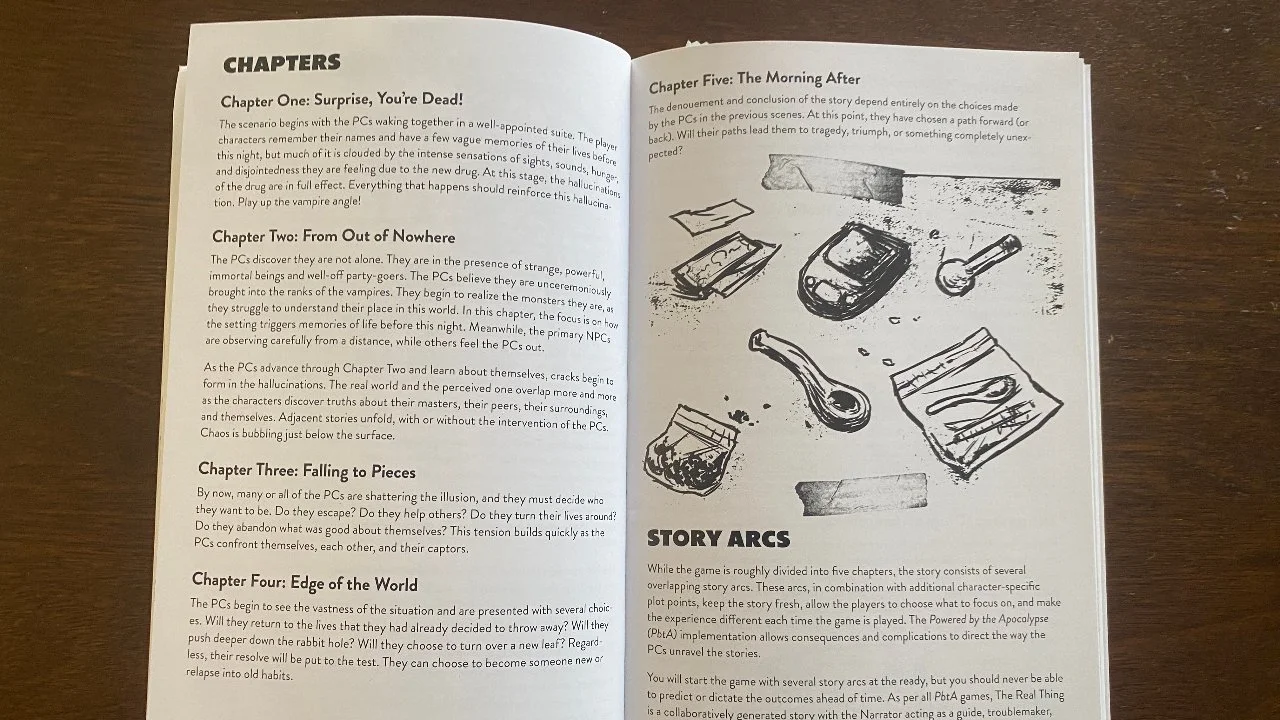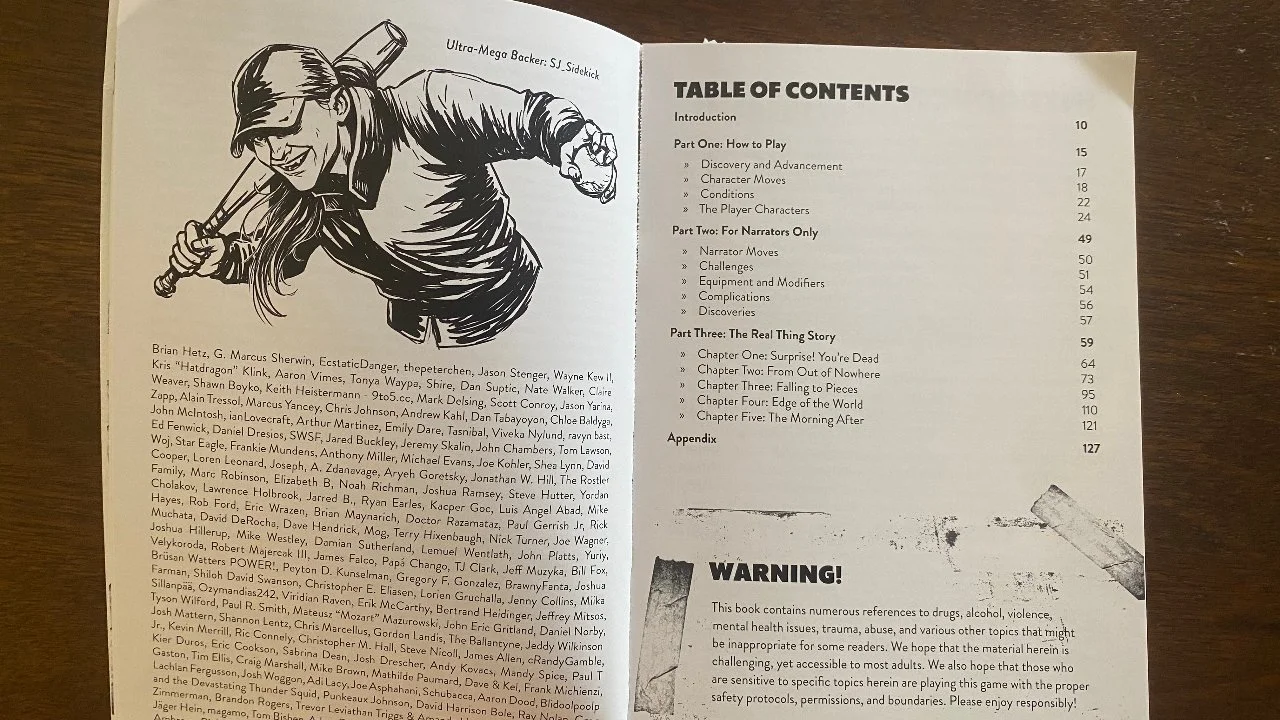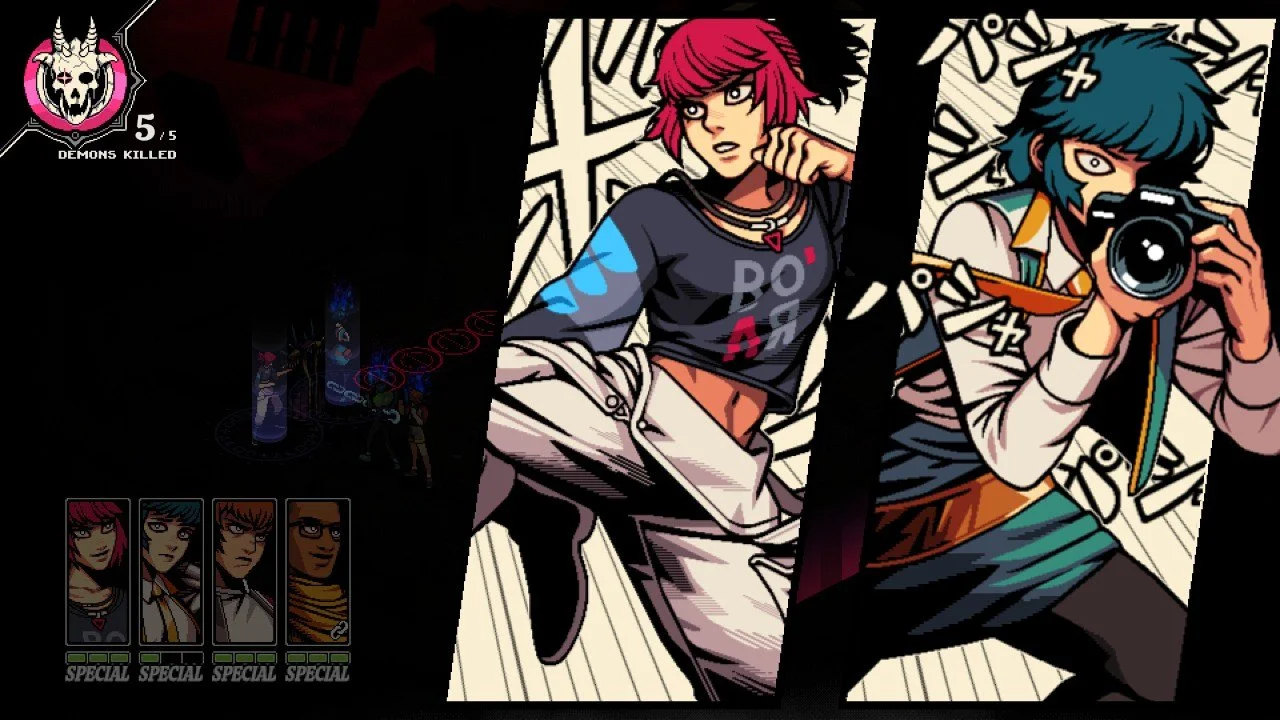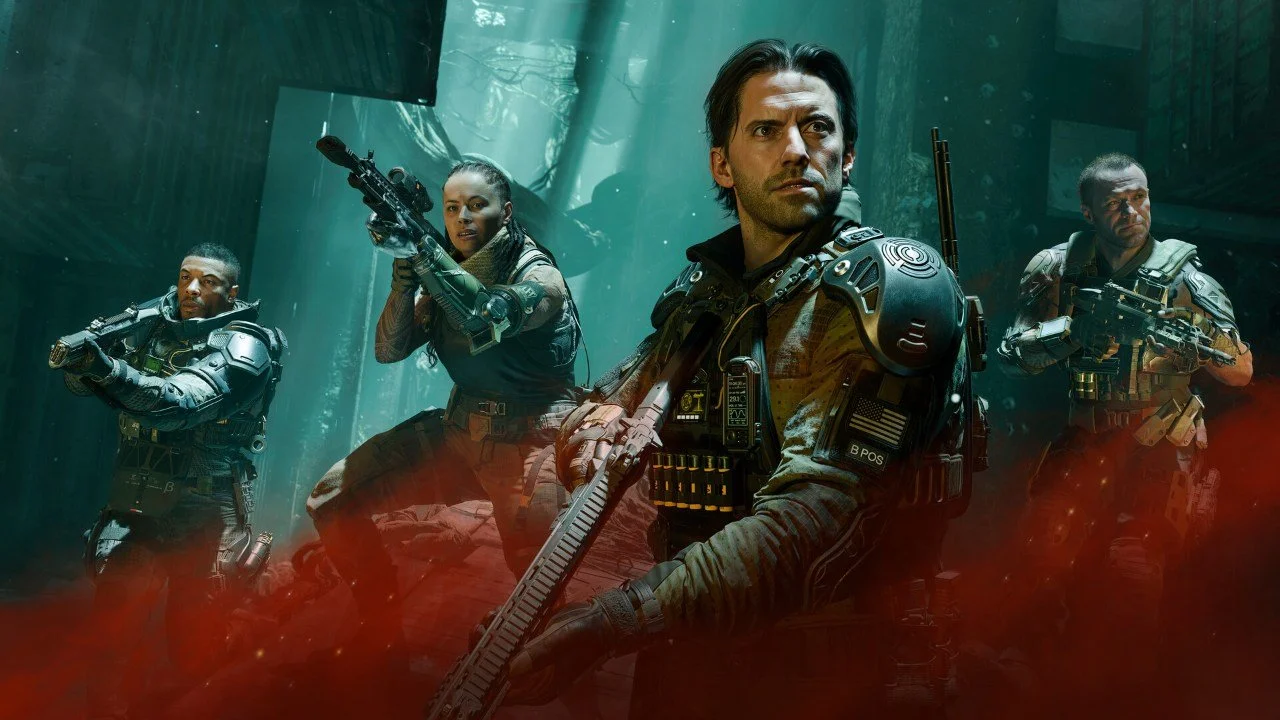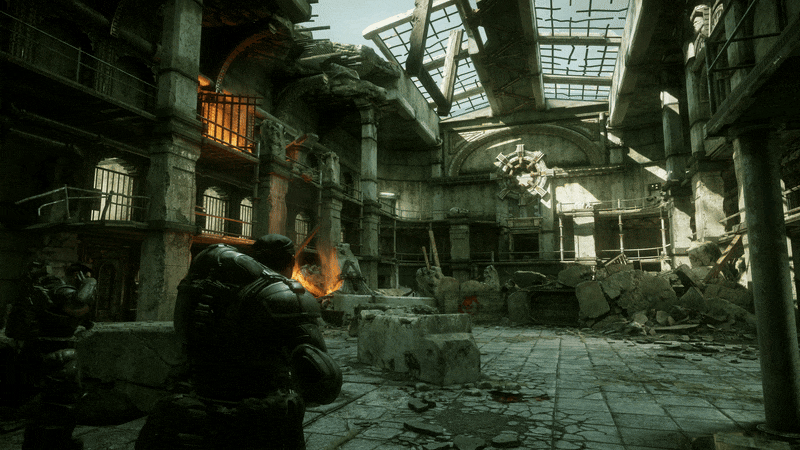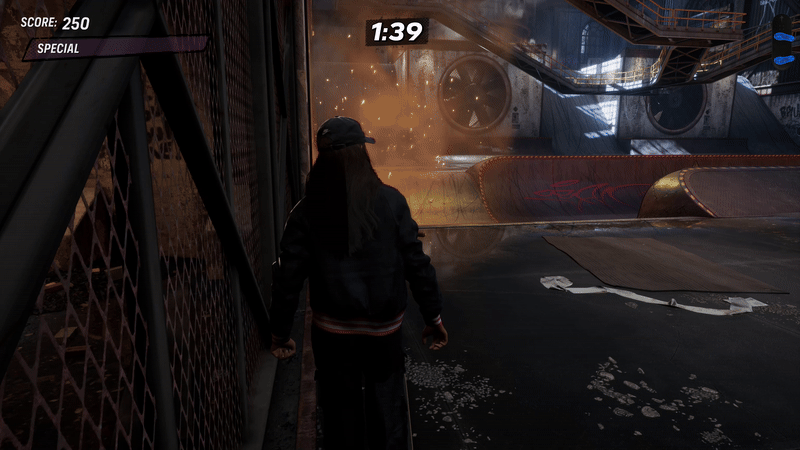The Real Thing is a tabletop role-playing game (TTRPG) inspired by the music of the renowned 1990s band Faith No More. It was created by Accidental Cyclops Games and utilizes the Powered by the Apololypse (PbtA) system. This game emphasizes role-playing and uses a 2d6 roll to determine ability checks. Now let's see how The Real Thing compares to other popular TTRPGs in the industry.
Gameplay
The Real Thing is a game focused heavily on character development. If you struggle with improvisation, it can be challenging to play. As the Dungeon Master for a group of five players, I provided them with plenty of options before the game started to ensure they were prepared. This is because 98% of the game is about storytelling, with only 2% involving combat. So, if you plan on playing this tabletop role-playing game (TTRPG), be ready for a lot of role-playing.
The character creation in this game is truly unique. Each player wakes up in a room after a drug binge, with only three sentences of fragmented memories. For example, one player remembers having a sibling, their parents being absent, and hearing their sibling's bones snapping. This kind of character creation opens up incredible opportunities for storytelling. Additionally, players choose an archetype with its own advantages, making it easy to align their archetype with the story they want to tell.
Playing as the Game Master (GM) in this game is relatively straightforward since it primarily revolves around role-playing, with less emphasis on combat statistics. However, managing multiple conversations at once can be challenging. In the group I played with, some players were explorers while others focused on specific aspects. It's important for the GM to adapt the game to suit the characters created by the players.
Before our first session, I asked each player to provide a good trigger and a bad trigger for their characters. This was to make use of the discovery mechanic in a way that enhances their character's story, rather than simply providing random prompts. The discovery mechanic is a key aspect of this game, emphasizing character development. At the GM's discretion, they can introduce events that trigger a character's memory, helping to flesh out their identity. Sometimes these triggers may seem random or unimportant, but they serve a purpose in enriching the overall experience.
In this game, ability checks are based on modifiers. There are six statistics to choose from: Awareness, Intellect, Might, Rapport, Reflexes, and Subtlety. You distribute a +2, a +1, and a -1 among these statistics, with any remaining statistic having a modifier of 0. These modifiers are added or subtracted from your ability checks. Each statistic corresponds to a different type of action a character can take. For example, if a character wants to persuade an NPC, they would make an ability check using their Rapport statistic. If their Rapport has a +1 modifier, they would add +1 to their roll. Any ability checks made are made using 2d6, a 1-6 is a fail, a 7-9 is a partial success or a success at a cost, and a 10 or more is a success.
Health in this game is handled differently compared to others. There are two health categories to keep track of: wounds and stress. Wounds represent physical health, so if you get punched in the face, you'll take a wound. Stress is an interesting aspect of this game, as it introduces its own take on mental health. Your maximum wounds are determined by a base of 3 plus your Might modifier. Similarly, your maximum stress is determined by a base of 3 plus your Rapport modifier. If you reach your maximum in either wounds or stress, your character will need to recenter or take a second wind. If you take a second wind for wounds, you'll recover but also suffer an injury, which imposes penalties on physical statistics. If you max out on stress, you'll need to recenter and also acquire a complication, such as paranoia, which imposes penalties on non-physical checks like Rapport or Subtlety.
Modules an Enemies
One aspect of The Real Thing that may be disappointing for GMs is the limited variety of enemies. While there are a few different NPCs provided, when it comes to combat encounters, there are only party-goers and "The Muscle" to work with. Additionally, the core book includes five playable chapters, but the first chapter can feel quite short and may catch you off guard. I recommend that you prepare the first and part of the second chapter for your first session. As the chapters progress, they do become slightly longer, but if your group is actively trying to solve things, each chapter should take no more than one to two sessions.
Unfortunately, once you've completed the story in the core book, there isn't much room for creating your own stories. The lack of material for creating your own adventures may be a drawback for those who enjoy the story but want to continue exploring the game world. However, it's worth noting that there are bonus stories available through a successful Kickstarter campaign, which you will be able to purchase in the future.
What It Could Have Done Better
As a first-time GM, I initially thought that taking a backseat and allowing the players to take the lead would be a simple task. However, I discovered that The Real Thing is not particularly beginner-friendly. Since the game heavily relies on role-playing, if the conversation runs thin or if your group quickly figures things out, it can become a bit overwhelming. This can be mitigated by adequately preparing interactions, similar to what an experienced GM would do. Unfortunately, as a first-timer, there aren't many specific tips or guidelines provided for new GMs in the game.
Additionally, I found that the chapters in the game leave a lot up to the GM. While you are given the objective of an NPC and a suggestion on how to portray them, you are left to figure out the rest on your own. This lack of guidance can potentially make it challenging to effectively run the game.
Nevertheless, I still appreciate the story and the opportunities for character creation that the game offers. Having a creative group of players who created interesting characters definitely enhanced my experience as a GM.
Verdict
The Real Thing offers an immersive story that effectively explores its themes. As a first-time GM, I found the game a bit challenging to run initially, but I eventually figured it out and had a great time developing the characters brought by my players. If you are an experienced GM who excels in character interactions but prefers minimal combat, this game would be a perfect fit for you. It focuses on allowing players to discover their identities and evolve over time. However, if you are a new GM or struggle with improvisation, I would caution that The Real Thing may not be the best choice for you. This game requires a high level of creativity and the ability to think on your feet. It is important to be prepared for the improvisational aspects of the game in order to provide a smooth and enjoyable experience for your players.


